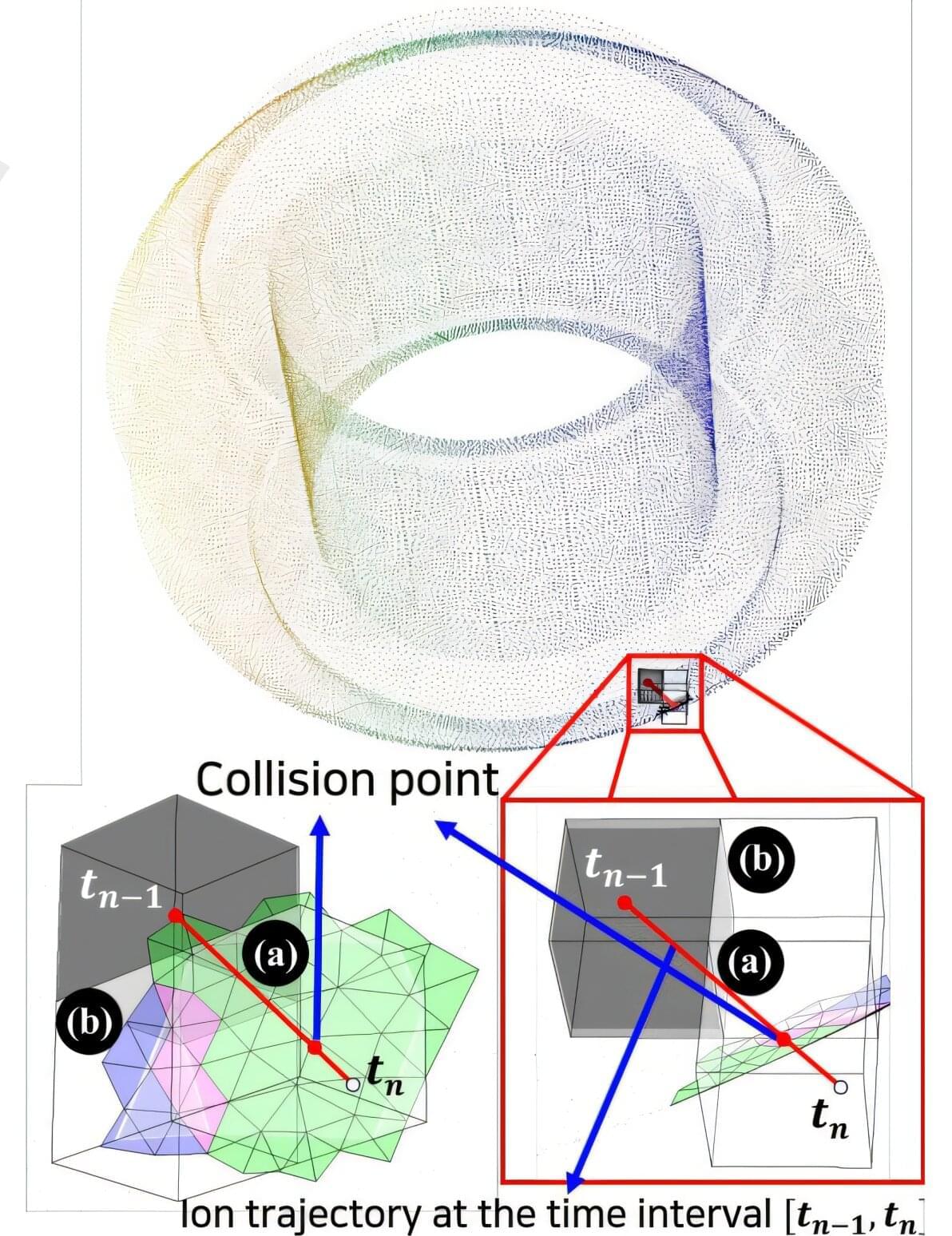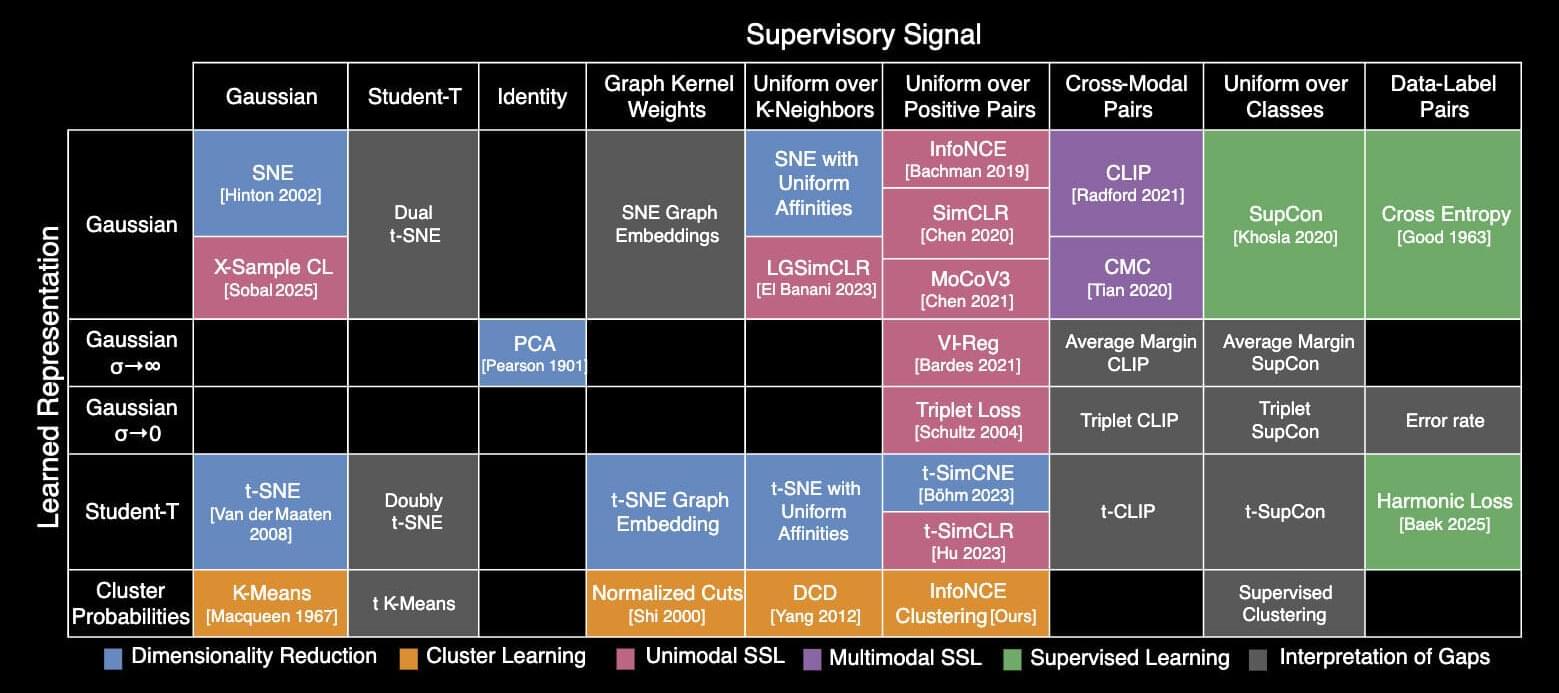A new preclinical study has found that two drugs—o-Vanillin and RG-7112—can clear “zombie cells” from spinal discs, potentially treating the root cause of chronic low back pain.



A new study offers insight into what is happening in our brains when our working memory must use its limited resources to remember multiple things.
Researchers found that two parts of the brain work together to ensure that more brain resources are given to remember a priority item when a person is juggling more than one item in memory.
The study involved people remembering spatial locations. Imagine seeing two books on different shelves of a cluttered bookcase that was not arranged in any order. How could you remember where they were if you came back a few seconds later?
A new study shows that combining heavy alcohol use with burn trauma causes severe disruptions in the gut microbiome, leading to inflammation and a weakened gut barrier.




Addressing the challenges of fragrance design, researchers at the Institute of Science Tokyo (Science Tokyo) have developed an AI model that can automate the creation of new fragrances based on user-defined scent descriptors. The model uses mass spectrometry profiles of essential oils and corresponding odor descriptors to generate essential oil blends for new scents.
This advance could be a game-changer for the fragrance industry, moving beyond trial-and-error to enable rapid and scalable fragrance production. The findings are published in IEEE Access.
Designing new fragrances is crucial in industries like perfumery, food, and home products, where scent significantly influences the overall experience of these products. However, traditional fragrance creation can be time-consuming and often depends on the skill and expertise of specialized perfumers. The process is typically challenging and labor-intensive, requiring numerous trial-and-error attempts to achieve the desired scent.
The first international conference on Cryonics in Israel, with presentations by heads of cryonics institutions globally00:00:00 — Opening remarks by Dr. Ilya…

An innovative algorithm for detecting collisions of high-speed particles within nuclear fusion reactors has been developed, inspired by technologies used to determine whether bullets hit targets in video games. This advancement enables rapid predictions of collisions, significantly enhancing the stability and design efficiency of future fusion reactors.
Professor Eisung Yoon and his research team in the Department of Nuclear Engineering at UNIST announced that they have successfully developed a collision detection algorithm capable of quickly identifying collision points of high-speed particles within virtual fusion devices. The research is published in the journal Computer Physics Communications.
When applied to the Virtual KSTAR (V-KSTAR), this algorithm demonstrated a detection speed up to 15 times faster than previous methods. The V-KSTAR is a digital twin that replicates the Korean Superconducting Tokamak Advanced Research (KSTAR) fusion experiment in a three-dimensional virtual environment.

MIT researchers have created a periodic table that shows how more than 20 classical machine-learning algorithms are connected. The new framework sheds light on how scientists could fuse strategies from different methods to improve existing AI models or come up with new ones.
For instance, the researchers used their framework to combine elements of two different algorithms to create a new image-classification algorithm that performed 8% better than current state-of-the-art approaches.
The periodic table stems from one key idea: All these algorithms learn a specific kind of relationship between data points. While each algorithm may accomplish that in a slightly different way, the core mathematics behind each approach is the same.